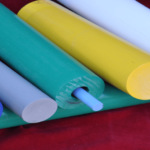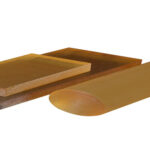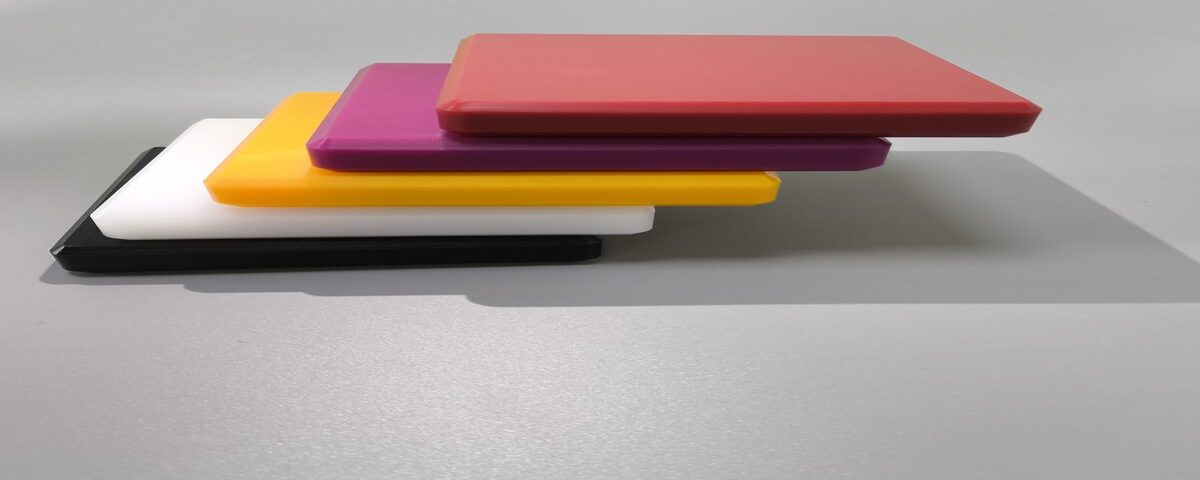
What is POM Plastic Properties?
November 27, 2024
What is PSU Plastic?
November 27, 2024Polypropylene (PP) and Ultra-High-Molecular-Weight Polyethylene (UPE) are both popular thermoplastic materials, but they have distinct properties and applications. Understanding the differences between these two plastics is important for selecting the right material for specific uses.

Chemical Structure
The primary difference between PP and UPE lies in their chemical structures. PP is a polymer made from propylene monomers, which gives it a simpler structure. In contrast, UPE is made from polyethylene with a very high molecular weight, leading to a denser and stronger material. This difference in structure results in distinct mechanical and physical properties.
Mechanical Properties
PP is known for being lightweight, flexible, and resistant to fatigue. It has moderate strength but is less robust than UPE, especially in demanding conditions. UPE, on the other hand, is renowned for its exceptional strength, durability, and resistance to abrasion. It is one of the toughest plastics, offering superior impact resistance and low friction properties, making it ideal for heavy-duty applications.
Chemical and Environmental Resistance
Both materials offer good chemical resistance, but UPE has superior performance in harsh environments. UPE can resist solvents, acids, and bases more effectively than PP. It also excels in resisting wear and tear, which is why it is often used in mining, aerospace, and industrial applications.
Applications
PP is commonly used for packaging, automotive parts, and consumer goods due to its cost-effectiveness and ease of processing. UPE, with its high strength and wear resistance, is used in specialized applications like bearings, gears, and medical devices where durability is crucial.
Conclusion
While both PP and UPE are versatile plastics, UPE outperforms PP in terms of strength, wear resistance, and durability, making it suitable for more demanding applications.






